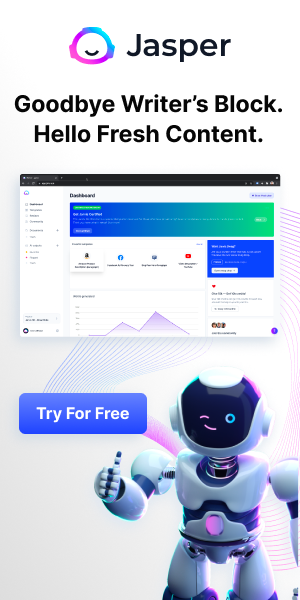
The purpose of this funding opportunity (FOA) is to improve hearing health care outcomes and reduce health disparities through the development and commercialization of improved devices for hearing health care (HHC). For the purposes of this FOA, “hearing health care” is defined as assessment and access to hearing aids and nonmedical treatment, including hearing screening and hearing assessment as well as acquiring an appropriate device and services for the individual’s hearing loss and communication needs. Appropriate technologies must have the following basic characteristics: easily affordable, effective, culturally acceptable, and accessible to those who need them.
This announcement calls for applications to develop devices and other technologies that address the HHC needs of the nation, including health disparity populations. Generally, health disparity populations include racial and ethnic minorities, the rural and urban poor, and other medically underserved populations.



















